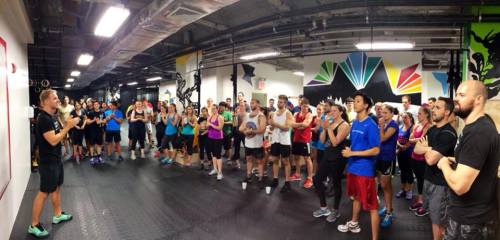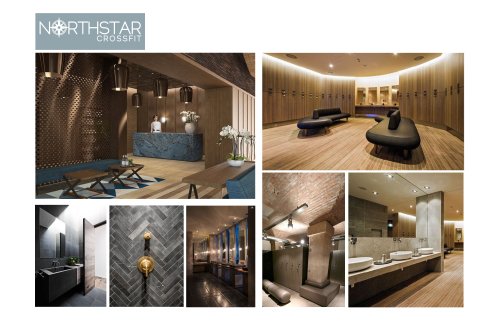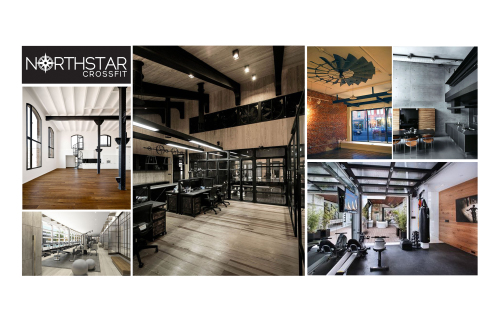Back in the 1990’s, during the first internet bubble, there was a real divide in the startup world between the ‘tech people’ and the ‘business people’. Sure, you needed the tech people to actually build the products you were selling; but everyone knew that tech people couldn’t run companies. (The old joke: how can you tell the engineer you’re talking to is an extrovert? He’s looking at your shoes.) That’s why you needed to hire a recent b-school grad, with marketing experience and good hair, to lead the charge.
As early 2000’s stock market returns attest, that didn’t turn out to be a great long-term strategy. Which is why, in the tech world of today, there’s a bias towards founder-run startups. Using lean methodologies, the guys who actually understand what they’re doing build the companies, with little initial capital, retaining control, and growing based on traction with customers and real results. The tech team rules, and smaller-scale acquisitions are even valued by the number of engineers on staff.
In that light, the parallel growth of CrossFit makes a lot of sense, as the affiliate model similarly puts domain experts in the driver’s seat. Consider a Globo Gym, the soul-sister of the failed late–90’s big tech startup: an executive team, bolstered by a ‘coffee is for closers’ sales staff, run the show, while the trainers are treated roughly akin to the cows at a dairy farm – the core leveragable asset, sure, but certainly not a voice at the table. Then along comes CrossFit, with what’s essentially a lean startup approach to the gym business. With a few thousand dollars, an excellent coach can open a garage gym and build organically from those humble roots, keeping technical concerns (ie, good training) at the forefront and making more money (with more autonomy and control) than she did in the Globo world.
But here’s what’s interesting to me: in the tech world, companies like Facebook and Google have grown to huge sizes, while still keeping the technical talent at the forefront. A Google gig post-graduation is a big win for a computer science grad. Yet nothing similar exists in the fitness world. There’s no large-scale company that puts coaching first. There’s no opportunity at an Equinox that looks better than starting your own CrossFit Box.
In fact, even in the CrossFit world, there’s really no long-term career path aside from starting a box of your own. For some people, that’s a great choice. But many others don’t want to deal with running a company – they just want to coach. Much as more top computer science grads choose to take jobs at Apple, Google or Facebook than choose to go it alone and start their own company. So how come there’s no Apple job for the best CrossFit coaches in the world? How come there’s no place for them to get respect, autonomy and control, along with stability, great compensation and long-term career growth propsects?
I’m betting that, if such a place existed, it would quickly attract the very best coaches in the CrossFit world. And, because a gym is only as good as its coaches, that place would quickly clean up. Let’s see what happens.




